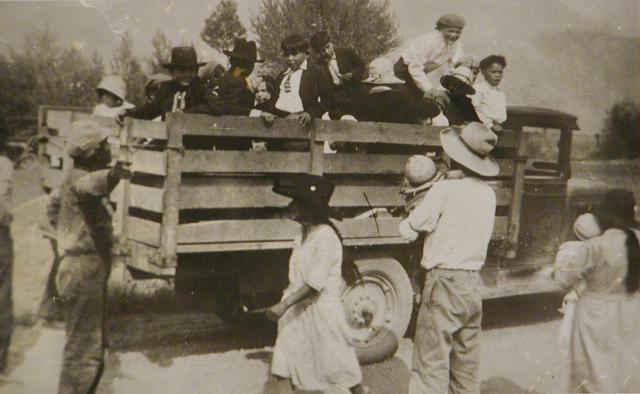Teaching as Sin

Our PME 811 Class has been talking about teaching as one of four key concepts that need clarification or consensus of some kind. Here are just a few examples of the great definitions that my classmates have posited:
“Teaching is the act of allowing people to be better versions of themselves. It starts with the idea that this person will, by the end of their time with me, love themselves more and be more committed to the community around them.” – Daniel B
“to teach is to directly provide information to learners, while others believe that teaching should be understood as the ability to create conditions which allow students to learn independently.” – Nathan
“Teaching is facilitating the acquisition, and understanding of, knowledge or skill by the learner. Teaching involves setting high expectations, using diverse resources and strategies for differentiation, promoting progress and achievement, being knowledgeable of their subject, an accurate evaluator and a good behaviour manager (in a group setting, such as a classroom).” – Chris R
“The translation of knowledge, thoughts or experience to support a learning process.” – Michelle T
While reading each of the definitions something struck me as missing from my own. That teaching can we wonderful verb filled with possibilities and promise. It can also be a vile and violent act; one that, if not monitored, can lead to ugliness, despair and atrocity.

Even in the most neutral of definitions, it is vital to address the positive and negative aspects of teaching. The prompt for this is, of course, the legacy of residential schools here in Canada. While some (and I loathe to even write this) had good intentions, this was a systemic use of teaching and education that begat a “cultural genocide” in this country, one that will take seven generations to fix, if not more.
The quotes from our “founding fathers” justifying the schools, stories of abuse, the ramifications of the actions of teachers, priests and nuns are overwhelming. Suffice it to say, Residential Schools in Canada highlighted some of the dangers of teaching; directly or directly, systematically or informally.
Residential Schools showed us how teaching can:
- Promote ignorance, racism, and hatred
- Destroy ideas, cultures, customs and beliefs
- Nurture conflict
- Espouse segregation, force integration or support class structure
- Set back academic, social and personal progress
In both of my sections Technology and Aboriginal Connections I will go into greater detail about the dangers of teaching and how, as Justice Murray Sinclair put it, “Education is what got us here, and education is what will get us out.” (2013).
I will talk about how technology can be used to hold educators accountable and how the 94 recommendations can be put into practice to improve teaching standards and practices.
Works Cited
Âpihtawikosisân, (2012, Mar 16) Ruby’s Story. Retrieved from: http://apihtawikosisan.com/2012/03/rubys-story/
Barber, J. (2015, June 2) Canada’s Indigenous School Policy was ‘Cultural Genocide’, says Report. Retrieved from: https://www.theguardian.com/world/2015/jun/02/canada-indigenous-schools-cultural-genocide-report
Ward, K. (2013, Sept. 18) To Break Residential Schools’ Dark Legacy, Understand Why. Retrieved from: https://thetyee.ca/Opinion/2013/09/18/Break-Residential-Schools-Dark-Legacy-Understand-Why/
